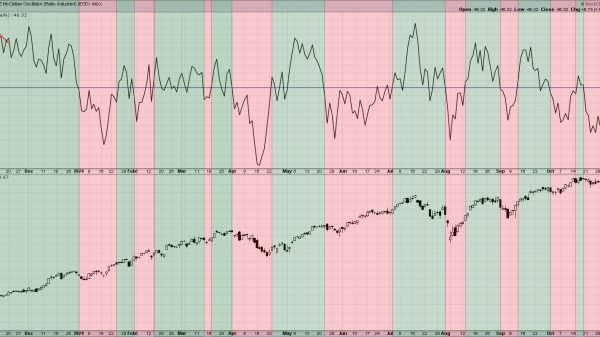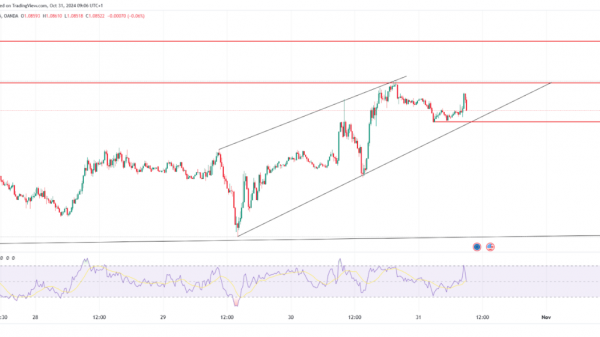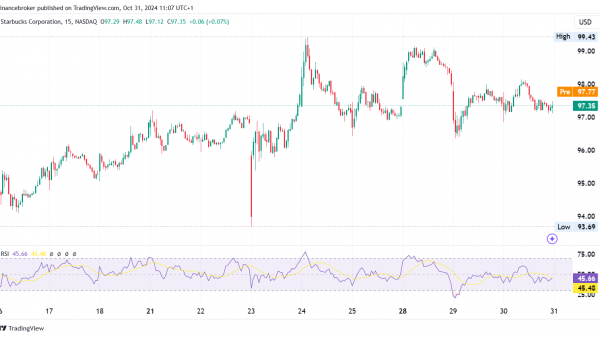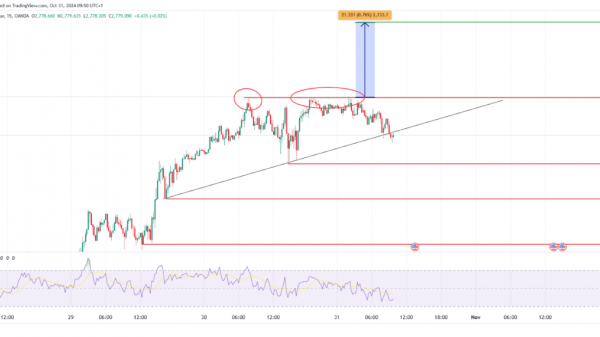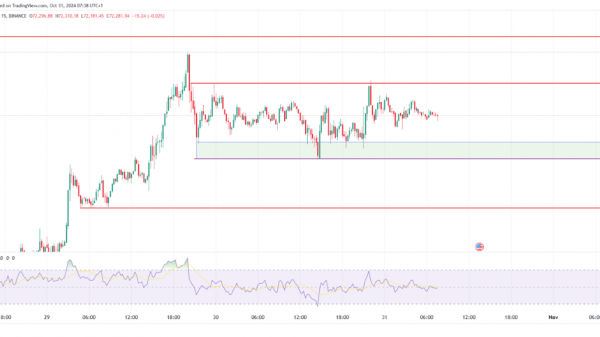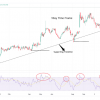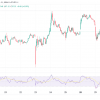If you aim to trade in the Forex market, knowing how to calculate the right trade size is crucial for managing substantial risk of loss and maximising potential profits. A Forex position size calculator helps you determine the exact number of currency units, or units of the base, to trade based on your risk tolerance, stop loss levels, and the exchange rate.
By using this tool, you can make better-informed trade decisions and tailor your trading strategy to suit your account size and how much you can afford to lose. Whether you’re trading mini, micro, or nano lots, understanding position size in Forex is critical to becoming a successful trader.
Let’s see how to use this calculator on your trading platform for smarter, more calculated trades.
What Is Position Size In Trading?
Position sizing in trading is the number of units (shares, contracts, lots) that you buy or sell during a trade. It’s essential to consider it before trading, be it stocks, currencies, commodities, or indices. For instance, A US30 lot size calculator is a tool used by traders to determine the appropriate position size when trading the US30 index.
To calculate your position size, you must take into account several factors:
- The total amount of your trading capital
- The percentage of your capital that you are willing to risk per trade
- The entry price and stop loss level of your trade
Lot In Forex Trading – Calculating Lot Sizing In Forex
Forex trading calculator is a handy tool on all online trading platforms. However, knowing how the calculation works can also benefit any trader.
In Forex, you can open a trading position in specific volumes of trading units called lots. Before you enter the market, risk management occurs when you ask yourself: How many lots will I buy or sell?
- A trader cannot buy, for example, exactly 1,000 euros but can buy 1 lot, 2 lots, or 0.01 lot, etc.
- The standard lot on Forex is 100,000 units of the base currency.
For example, if the EUR/USD rate is equal to 1.0545, then you can only open the position with a volume of 1 lot for 105,450 units of the base currency.
In other words, this is the amount of US dollars you need to buy 100,000 euros.
How do we calculate a lot in trading for currency pairs that include the US dollar (EUR/USD, USD/CHF, GBP/USD)?
To make this more concrete, let’s take the most popular example of all, the EUR/USD pair:
- 1 lot = 100,000 units of the account currency
Please note that if your account is in euros, 1 lot is equivalent to €100,000
- one mini lot, i.e., 0.1 lot = 10,000 units of the account currency
- 1 micro lot or 0.01 lot = 1,000 items of the account currency
- 1 nano lot or 0.001 lot = 100 units of the account currency
Depending on the broker, these lots may be expressed differently: number of lots, volume, or number of units.
Do not hesitate to inquire or even contact customer service for a clear answer if in doubt. The value of a point is also determined according to the unit (lot, mini or micro lot).
Forex Position Size Calculator – Position Sizing Formula
Some will say that a stop loss reduces the risk in your trading and that a stop loss calculator is essential for managing risks. It’s partially true.
This is only true if you are trading with such low capital that you must take the minimum position size, a micro lot.
Our trading position size determines the actual risk.
Position size = ((account value x risk per trade) / pips risked)/ pip value per standard lot
((10,000 US Dollars X 2%) / 50) / 9.85 = (200 USD / 50 pips) / 9,85 = 4 USD / 9,85 USD = 0.40 standard lots (4 mini lots or 40.000 currency units)
If you plan to open multiple positions, you can use the same equation to manage the overall risk across all trades. The key difference is that you need to set a maximum number of open positions in advance and allocate a portion of the total risk to each one. For example, with a $10,000 account and a 6% overall risk limit, you would assign risk to each trade until the total reaches 6%—after that, no new positions can be opened.
This method of risking a fixed percentage encourages traders to focus on risk management in terms of percentages rather than just pips.
The post How Do You Use A Forex Position Size Calculator? appeared first on FinanceBrokerage.


